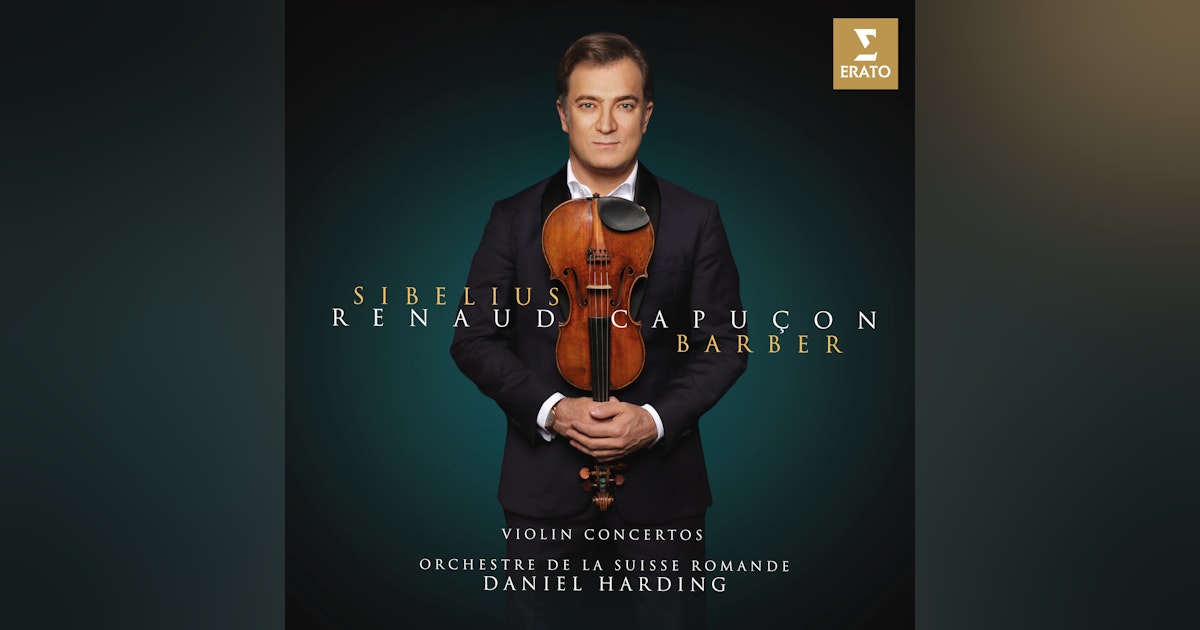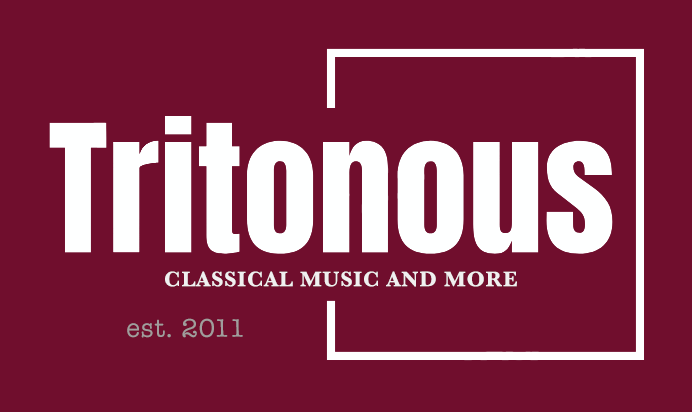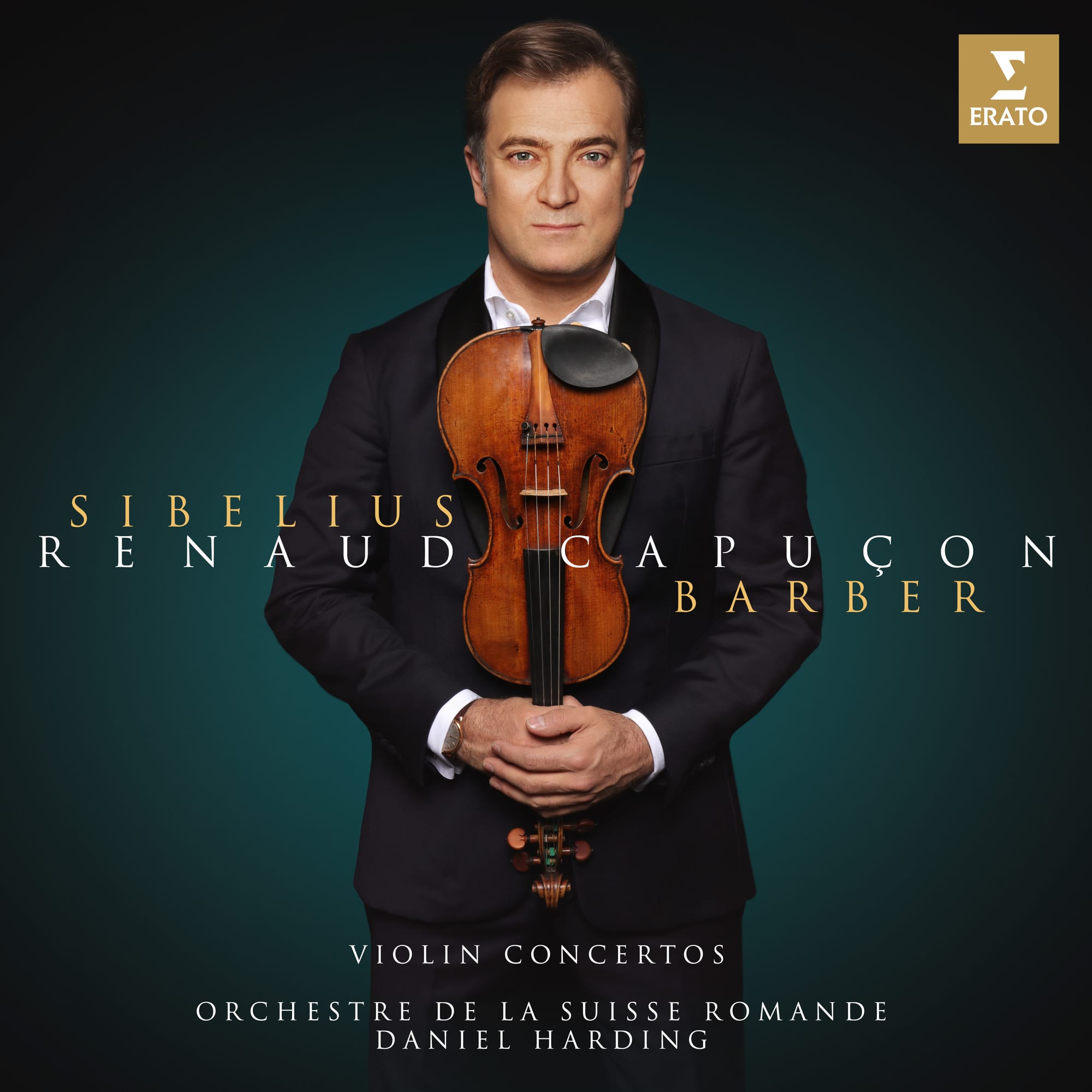
I didn’t have this on my bingo card for a potential disc of the year, but here we are. Here’s a promo video:
And, for all Renud Capuçon’s star status, it is Daniel Harding whose star shines brightest here. Together, Capuçon and Harding set the scene for Sibelius’s brooding concerto, the violin ruminative, with some nice portamento. But from the almost inuudible opening to the brass’ punctuating gestures, it is the Orchestre de la Suisse Romande that excels. Yes, Capuçon is technically everything one could ask for, but Harding gets just the right dark sound while allowing every line to speak. When it comes to the cadenza, Capuçon is superlative, though:
Harding’s way with wind balancing is perfect, too (listen to the later stages of that first movement). And just listen to the final chord, so short, so dismissive … the slow movement could hardly be more different, a true Adagio di molto, dangeously slow and yet how Capuçon finds the dark cantabile necessary. Harding’s shaping of the orchestral colour is again masterly, reacting to the paint set Sibelius uses. I wonder if Harding deliberately highlights a particularly Wagnerian harmonic progression after the five-minute mark?:
The finale is the slight weak link, with the tension not always 100% mainlined. Harding finds wonderful dance rhythms in the woodwind (flute trill-encrusted), and Capuçon revels in Sibelius’ rhythmic trickery.
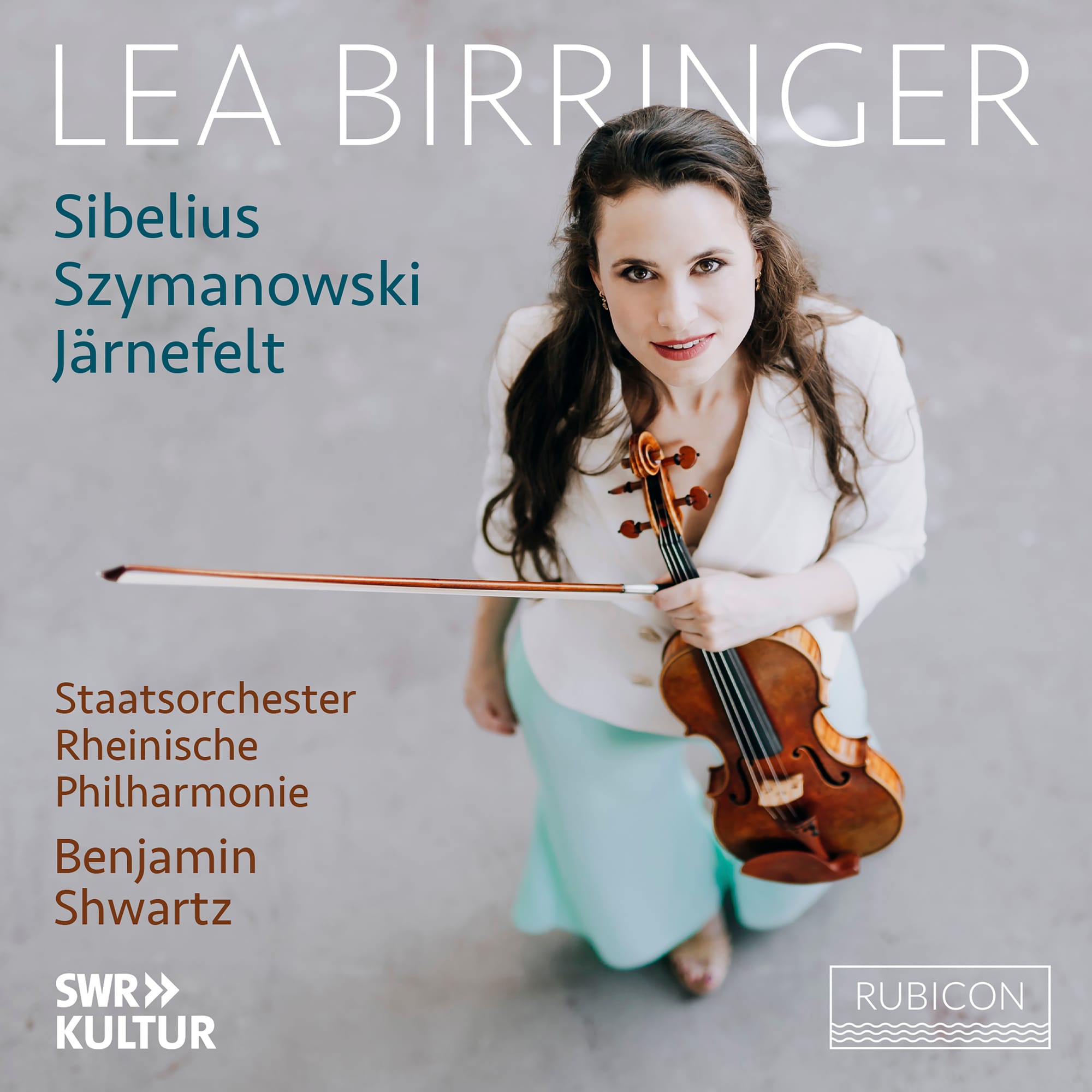
There is a recent pretender to the throne, but it is not really recommendable: Lea Berringer on Rubicon with the Rhineland State Philharmonic under Benjamin Shwartz in a recording issued in association with South West German Radio Kultur. It is in every way inferior. The major coupling is Szymanowski Second Concero, but actually the real interest, and the reason for my mention, is a small piece by Sibelius’ brother-in-law, Armas Järnefelt (1869-1958), his three-minute Berceuse in G minor:
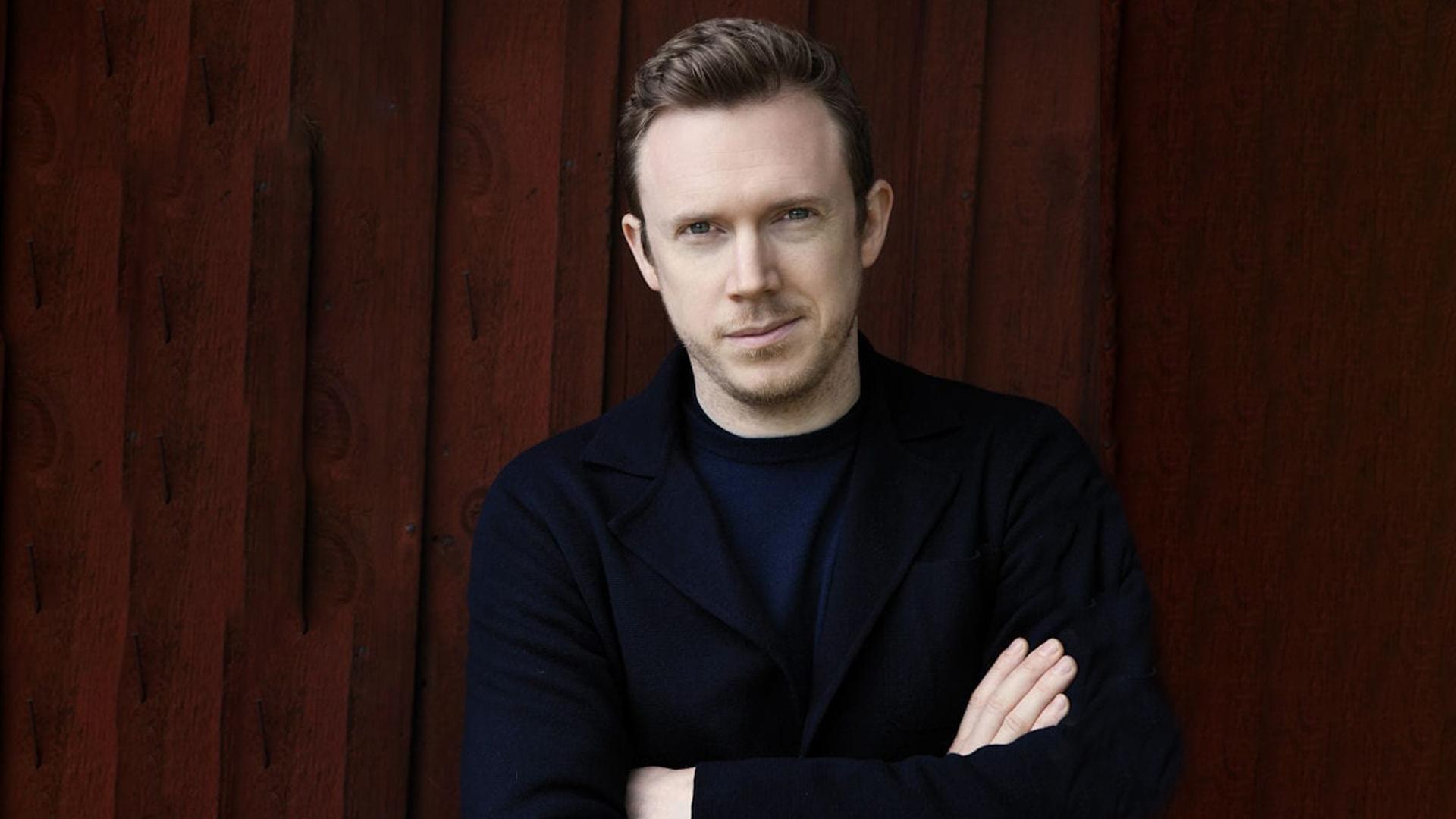
The Barber Violin Concerto begins with a lush first movement. The melodies just flow into one another, and Capuçon and Harding pinpoint the sound world without over-indulgence (this last helped by the focused recording). The venue is Geneva’s lovely Victoria Hall (known in my mind as the home of the Geneva Competition), and the warmth of the acoustic is nicely captured by producer Martin Sauer and engineer Julian Schwenkner. It is in the final stages of the first movement that beauty really seeps in, Capuçon’s phrasing ideal:
The slow movement is a lush song led by oboe (the unnamed oboist of the Suisse Romande singing their melody across the Alps.to the US!); the clarinet’s response is just as eloquent, if more short-lived:
The finale is a manic helter-skelter, its moto perpetuo element embedded in its tempo indication; again, it is Harding who, for all of Capuçon’s pyrotechnics, is most impressive. The Orchestre de la Suisse Romande is a power house here, the approach to the close masterclass in discipline:
Superb booklet notes by expert on Scandinaian music Andrew Mellor complete an unmissable release from Erato.
We have covered Daniel Harding previously, in the 2023 Sommernchskonzert from Vienna, and you can see my article about Chins’s YCMG and Harding’s new directorship here.
This disc is available at Amazon here; streaming below.
